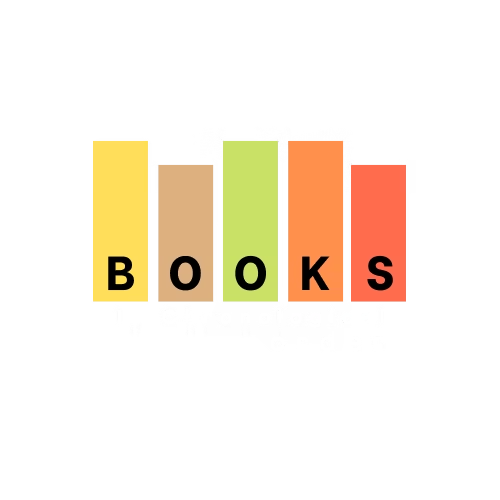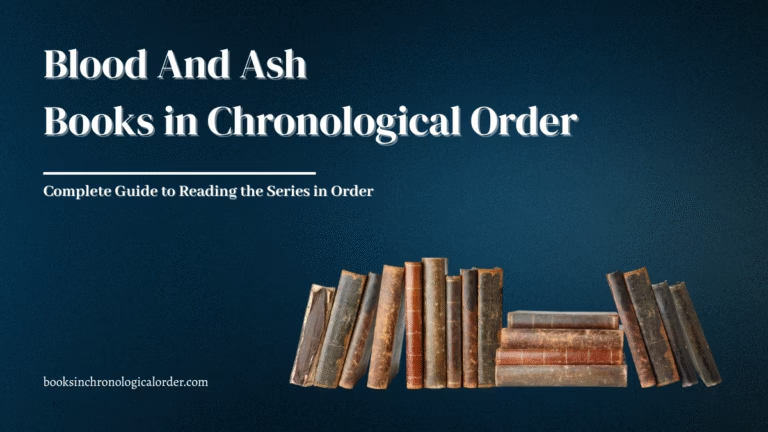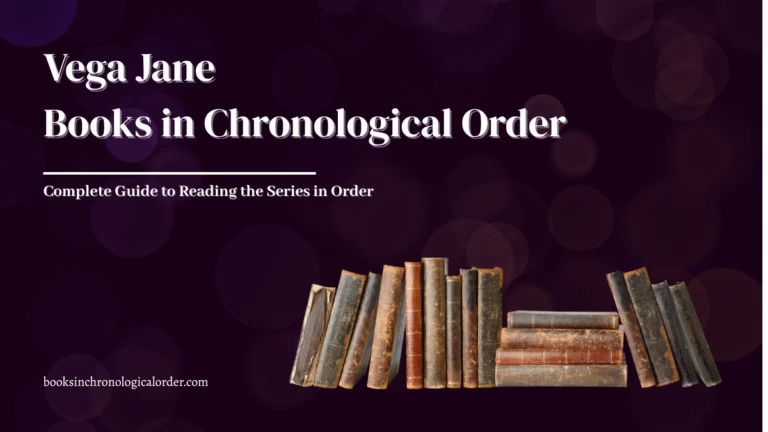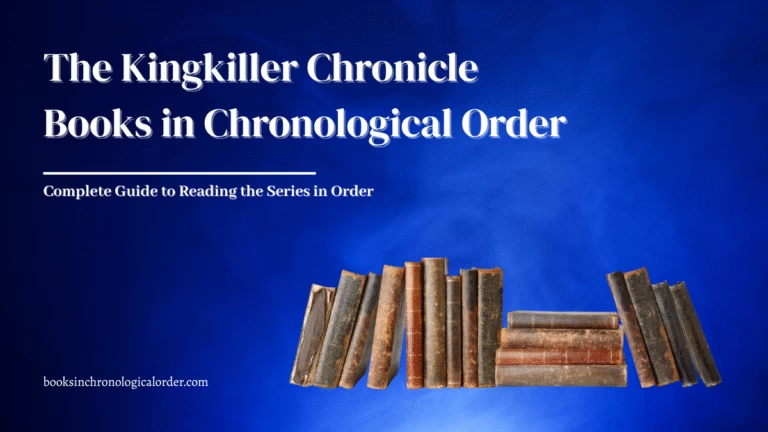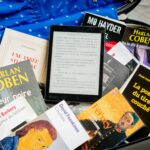Read every series in the right order
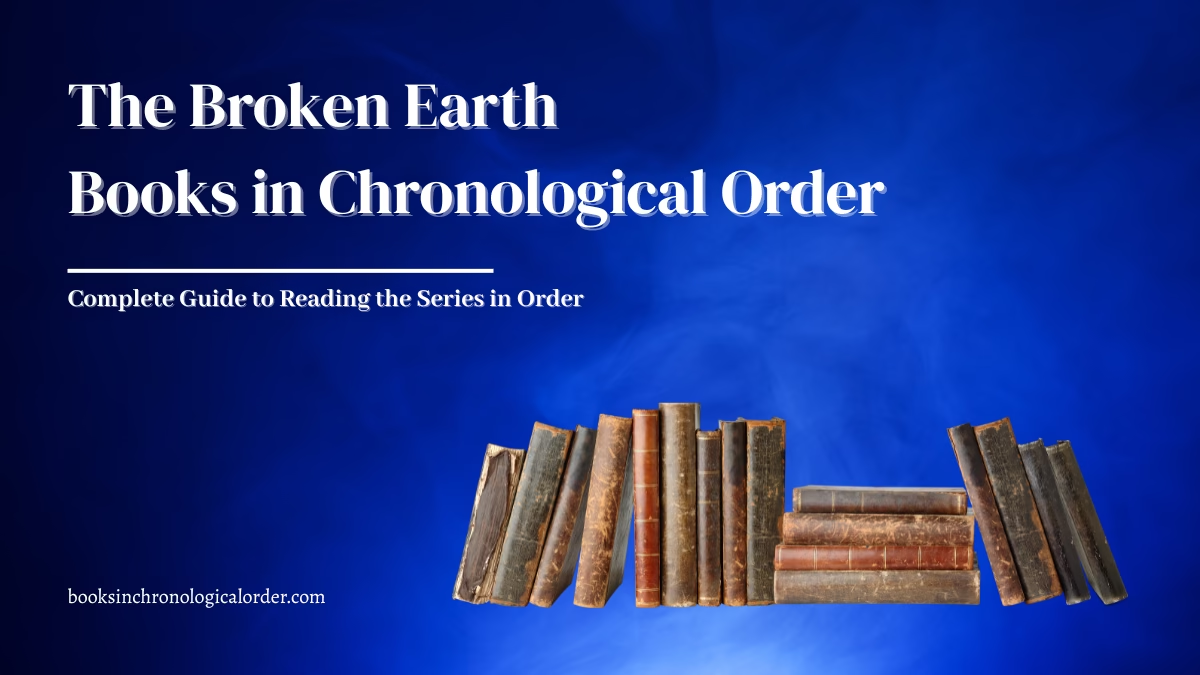
The Broken Earth Books in Chronological Order – Complete Reading Guide
Table of Contents
Quick Answer (TL;DR)
- Read order (and publication order):
- The Fifth Season → 2) The Obelisk Gate → 3) The Stone Sky.
This is both the release order and the correct chronological experience. The trilogy’s nonlinear structure assumes you’ll read it this way—rearranging will spoil essential reveals.
- The Fifth Season → 2) The Obelisk Gate → 3) The Stone Sky.
- Best format: Audiobooks narrated by Robin Miles are widely praised; ebook+audio immersion works beautifully for the second-person passages.
- Ideal for: Readers who like inventive structure, geologic magic systems (orogeny), big ideas in SF/F, and character-driven apocalypse stories.
Introduction
The Broken Earth Books in Chronological Order is one of those phrases that sounds simple—until you remember N. K. Jemisin designed the narrative to braid timelines and identities for maximum emotional impact. This Hugo-sweeping trilogy (the only series to win Best Novel three years in a row) is less about reading fast and more about reading right. Picking the order isn’t hard—the publication order is your map—but understanding why that order matters will massively improve your experience.
This guide gives you the clean route (buy links, blurbs without spoilers), then digs into how the story fits together: the hidden chronology, character arcs across the Stillness, where the interludes sit, which editions to buy, and why Jemisin’s structure turns an already brilliant premise into a landmark of modern SFF.
Quick Facts
| Item | Details |
|---|---|
| Series | The Broken Earth trilogy by N. K. Jemisin |
| Books | The Fifth Season (2015), The Obelisk Gate (2016), The Stone Sky (2017) |
| Pages (approx.) | 468, 448, 464 (varies by edition) |
| Total Read Time | ~45–55 hours at typical pace; audiobooks ~15–17 hours each |
| Reading Difficulty | Medium–High (nonlinear structure, second-person POV sections, in-world lexicon) |
| Genres | Epic fantasy / science fantasy / post-apocalyptic |
| Core Themes | Oppression, survival, motherhood, power, ecological catastrophe, systems vs. individuals |
| Content Warnings | Violence; child death; systemic abuse; body horror; slavery/oppression; genocide; apocalyptic imagery |
| Media Adaptations | Screen rights have been optioned/developed at various times; as of the latest public updates, no released TV/film adaptation |
| Ideal Age Range | 16+ (mature themes and scenes) |
| Awards | Hugo Best Novel for all three installments (historic three-peat); multiple list placements and critical honors |
About The Broken Earth Book Series
Set on a supercontinent called the Stillness, where cyclical cataclysms (“Fifth Seasons”) rewrite civilization, Jemisin imagines a society that both depends on and brutalizes those with the power to move stone and quiet quakes—orogenes. The books follow a woman across identities and decades—childhood, training, rebellion, motherhood—and a world whose geology is as alive, angry, and morally complicated as its people.
Stylistically, the trilogy blends:
- Nonlinear structure that dovetails into a breathtaking final reveal,
- A geological magic system that obeys scientific logic,
- Second-person narration that turns complicity and trauma into craft, and
- Big-canvas worldbuilding with intimate, unforgettable character work.
The Broken Earth Books at a Glance
| Title | Year | Buy on Amazon |
|---|---|---|
| The Fifth Season | 2015 | Buy on Amazon |
| The Obelisk Gate | 2016 | Buy on Amazon |
| The Stone Sky | 2017 | Buy on Amazon |
| The Broken Earth Box Set | – | Buy on Amazon |
The Broken Earth Books in Chronological Order
1) The Fifth Season
Where to start. The opening chapter detonates across the entire trilogy. We meet a continent mid-cataclysm, a mother at the edge of grief and fury, and an empire whose institutions were built to control people like her. Jemisin’s intercut structure (childhood training, young adulthood in the Fulcrum, and the present-day hunt through the ash) slowly aligns until the truth lands. Expect a dense first third, then constant momentum; the final chapters reshape everything you thought you knew about the Stillness—and about the person at the center of it.
Read for: Found family forged in emergency, the ethics of power, the beauty and terror of stone, and one of the most audacious narrative reveals in recent fantasy.
2) The Obelisk Gate
The ash has not settled; the world narrows to the work of surviving this Season—and widening the moral aperture of what “survival” means. New communities, old debts, and an education in the sky’s cold geometry (obelisk networks) push our characters toward choices that are both cosmic and intimate. You’ll spend meaningful time underground and in the liminal spaces of a broken empire; meanwhile, another perspective is discovering what it means to turn that brokenness into purpose. The book’s Hugo win wasn’t a fluke—it deepens everything without losing velocity.
Read for: The past as prologue, the mathematics of miracles, the quiet horror of indoctrination, and a middle volume that refuses to coast.
3) The Stone Sky
The end and the beginning. The trilogy’s structure completes itself here, telescoping back in time to ask: What would you do to end a world that treats you as a resource? What would you risk to build another? The scope is planetary, the stakes are parental, and the climax is earned. It is rare for a finale to leave you both eviscerated and whole; rarer still for the last pages to illuminate the entire architecture of theme, character, and plot. This one does.
Read for: Catharsis with teeth, a masterclass in payoff, and answers that leave generous room for awe.
Series Timeline & Character Development
A note on structure: The Broken Earth is famous for how its narrative folds. You follow one protagonist through three life phases that appear to be separate storylines until Jemisin reveals how they interlock. Reading in publication order lets that design hit at full strength.
Major Arcs (no spoilers beyond premise)
- Essun (present)
A mother driven by loss through a continent choking on ash. Her arc interrogates the costs of survival: how to build a life out of ruins, who you become when institutions repeatedly deny your humanity, and whether power can be wielded without reproducing the harm that forged you. - Essun, earlier identities (past)
Childhood indoctrination; adolescence under control; a young woman learning both the edges of her gift and the limits of what a system will allow. These sections excavate how language, ritual, and “education” can be weaponized—and how love can be a vector for liberation and catastrophe. - Nassun (parallel/past-present)
A second lens on inheritance: what it means to grow up in a world that treats your gift as a threat; how mentorship shapes us; where compassion ends and justice demands something harder. Her relationship to parental intent becomes one of the trilogy’s most piercing threads. - Alabaster, Schaffa & the Fulcrum
Tutors, tormentors, revolutionaries—each a node in the network of manipulation and resistance. Their arcs complicate “villain/ally” binaries; people act within systems that punish deviation and reward cruelty, and yet change still forces its way through.
Emotional/Plot Milestones by Book
- Book 1: Identity, grief, and the architecture of control. The “braid” is revealed.
- Book 2: Community and consequence. We learn how the sky works—and what it will cost to use it.
- Book 3: Origins and endings. The series-long question (“break it or save it?”) receives an answer both terrible and tender.
Novels Sorted in Order of In-Universe Events
While the publication order is the right reading order, the underlying chronology (simplified) looks like this:
- Childhood/Training of the central protagonist under the Fulcrum (told in The Fifth Season flashbacks).
- Young Adulthood/Rebellion (told in The Fifth Season and contextualized in The Obelisk Gate).
- Immediate Pre-Season & The Current Fifth Season (present-day Essun threads begin in The Fifth Season and continue through The Stone Sky).
- Parallel/Next-Gen Arc (Nassun’s journey intensifies in The Obelisk Gate and The Stone Sky).
- Deep Past (world-origin material that appears in The Stone Sky).
Reading the books out of order collapses the dramatic geometry that makes these intersections land.
Novels Sorted in Order of Publication
- The Fifth Season (2015)
- The Obelisk Gate (2016)
- The Stone Sky (2017)
This is the order you want. It preserves every carefully engineered reveal.
Companion Works, Box Sets & Editions
Box Sets & Print
- Orbit/Gollancz paperback box sets frequently cycle in and out of stock—clean, uniform spines for shelf appeal.
- Hardcovers exist in multiple territories; availability of first-print dust jackets varies. Watch for anniversary runs or limited reprints from your region.
Audiobooks
- Narrated by Robin Miles (unabridged). Highly recommended for clarity of voice, accent work, and emotional precision. Many readers report that the second-person sections feel made for audio.
Ebook + Audio “Immersion”
- If your store supports Whispersync-style syncing, the ability to switch between reading and listening helps with the dense worldbuilding terms and keeps momentum during busy weeks.
Related Short Fiction (same world)
- “Stone Hunger” (Tor.com short story) is set in the Broken Earth world; it is not required reading, but enriches your sense of the Stillness and the post-Season day-to-day. Read after the trilogy if you’re spoiler-averse.
Special/Collector Editions
- Periodic signed runs appear via author events and independent bookstores.
- International editions sometimes feature alternate cover art; the UK trade paperbacks are popular with collectors for their typography.
Why Read The Broken Earth Books in Chronological Order?
Because The Broken Earth uses structure as story. The trilogy’s emotional apex depends on the braid of timelines snapping into alignment exactly where Jemisin places them. If you shuffle to “chronological” chapters, you’ll understand events sooner—but you’ll rob yourself of the why now that makes the reveal unforgettable. The publication order maximizes:
- Character empathy (you learn with the protagonist, not ahead of her),
- Thematic resonance (oppression and erasure become palpable through form), and
- Narrative catharsis (the final book recontextualizes everything with surgical precision).
Author Spotlight: N. K. Jemisin
N. K. Jemisin is a Brooklyn-based novelist and essayist whose work reshaped the SFF landscape. With The Fifth Season, The Obelisk Gate, and The Stone Sky, she became the first person to win the Hugo Award for Best Novel three consecutive years—each award for a Broken Earth book. Earlier, she won the Locus Award for The Hundred Thousand Kingdoms and has been a finalist or winner for Nebula, World Fantasy, and other major honors. She’s also written a celebrated Green Lantern run at DC Comics and the acclaimed Great Cities duology (The City We Became, The World We Make).
Jemisin’s essays and talks often explore who gets to imagine futures, how systems reproduce harm, and why form matters. Her fiction answers by building worlds that demand better.
Media Adaptations (films, TV, radio)
- Screen options have been announced at various times for The Fifth Season/Broken Earth. As of the most recent public updates, there is no released TV or film adaptation.
- If/when a project progresses (showrunner/casting/network), we’ll update this section. For now, the definitive way to experience the story is on the page (or in Robin Miles’s headphones).
FAQs About The Broken Earth Books in Chronological Order
What is the correct reading order?
The Fifth Season → The Obelisk Gate → The Stone Sky. That is both the publication order and the intended experience.
Is The Broken Earth fantasy or science fiction?
It’s often called science fantasy: a fantasy presentation (magic-like orogeny) underpinned by scientific logic and deep-time worldbuilding.
How hard is it to read?
Medium–High. The prose is clear, but the structure is nonlinear, one major POV uses second person, and the in-world terminology is dense (there’s a glossary). Give it a few chapters; the design pays off.
Audiobook or print?
Both work. Robin Miles’s narration is outstanding; if you like multitasking, the audio shines. Many readers enjoy ebook+audio syncing.
Are there strong content warnings?
Yes. Themes include violence, child death, systemic abuse, body horror, slavery/oppression, and apocalyptic devastation. It’s written with care, but it is intense.
Is this YA?
No, it’s marketed as adult SFF (though mature teen readers may engage with it).
Do I need companion stories to understand the trilogy?
No. Short fiction like “Stone Hunger” is optional—nice context after you finish.
Why do people emphasize order so much?
Because structure is the story here. Reading the Broken Earth books in chronological order of publication protects the reveals that make the trilogy unforgettable.
Final Thoughts
The Broken Earth is a rare convergence of craft, compassion, and courage. It’s unflinching about harm and incandescent about hope. Read it in the order it was written, sit with the hard moments, and let the design do its work. Whether you listen on your commute or annotate every page, you’ll come away with a story that changes how you think about power—geologic and human—and what it costs to start the world over.
